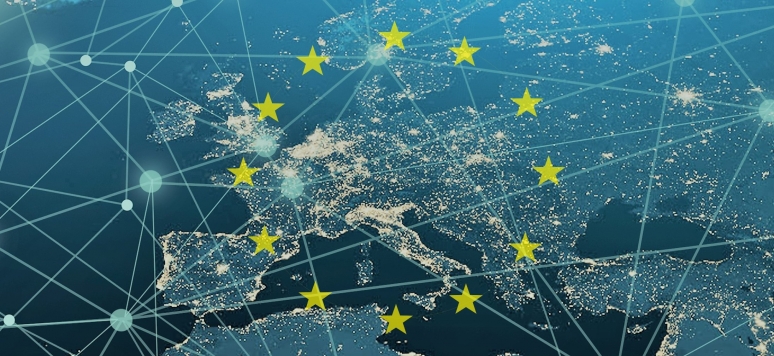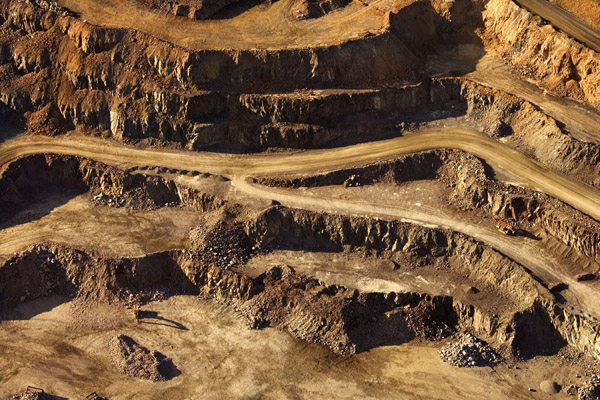The low-carbon energy transition in France, the European Union and the world is today taking place unevenly and too slowly to preserve the climate and biodiversity. CO2 emissions are continuing to rise, while governments’ commitments are insufficient: in the long-term, the world is set to see temperatures increase by +3°C. Efforts to fund adaptation measures still need to be strengthened considerably.
The geopolitical and geo-economic issues related to energy and climate policies are becoming more complex. They are expanding and reinforcing themselves. New rivalries are emerging on top of issues related to supply security in fossil fuels which remain acute. They follow from new risks and even threats that are geopolitical and geo-economic, linked to the energy transition. These include: critical metals, technologies, innovation and value chains, market access and the control of strategic assets, the establishment and spread of standards, which can be instrumentalized to shape the dominant technological choices and serve industrial interests.
Controlling the value chains of low-carbon technologies is crucial for competitiveness, economic development, energy sovereignty and security. Strategic technologies in the energy transition include, among others, nuclear power, wind turbines, photovoltaic cells, cars with highly-efficient combustion engines, batteries for mobility, hydrogen mobility for rail, buses and freight, electricity storage systems using hydrogen, smart grids, recycling technologies, and even technologies for protection against cyber risks.
China and the United States have taken a certain lead. For China, this has mainly resulted from strong state action through state-owned enterprises and integrated value chains, large investment capacity and an unmatched appetite for risk. For its part, the US lead stems from policies directly and indirectly supporting domestic actors and an innovation ecosystem which is historically highly developed and effective. American and Chinese companies are also buying up low-carbon technology assets in Europe. The EU has scientific and industrial strengths, but public policies have favoured the breaking up of industrial entities to foster competition and open markets in order to lower prices for consumers, sometimes at the cost of technological leadership objectives.
The EU does not master the extraction and enrichment of most critical metals. Photovoltaic cells are Chinese, even if more than half of the value chain is European and local. The EU doesn’t have technological advantages in onshore wind power, nor in 3rd generation battery cells, of which 50% are Chinese. By contrast, the EU has an advantage in solar panel inverters, in floating or fixed offshore wind turbines as well as potential in 4th generation solid batteries or flow batteries. The EU also has the capacity to make breakthroughs in new generations of photovoltaic cells, as well as in recycling and it also has solid capacities in nuclear power, energy efficiency, hydrogen, and cyber capacities, while also having an important car industry which is progressively shifting to electrification. The bloc should draw on these advantages to build strategic industrial sectors, create jobs and value added in Europe, and to avoid technological dependence.
At the European level, the energy transition is about to reach a milestone with the bloc being on track to meet the 20-20-20 objectives. In 2018, tougher targets were agreed for 2030 and discussions were opened on objectives and strategies for 2050. To be on a pathway consistent with the +2°C temperature limit, and ideally with the +1.5°C limit, Europe’s efforts need to be accelerated and deepened in order to complete a new, more difficult and complex phase. Systematic transformations in governance and public policies, company strategies and citizens’ behavior are required. These transformations need to be grounded in the broadest consensus possible. Indeed, European policies concerning energy and climate change were established in a context and with objectives that do not correspond to deep decarbonization and were largely focusing on market integration and supply security. The challenge now is to adapt them to this profound transformation.
With the new EU leadership soon to assume office, a new energy transition pact could be established on the basis of the following recommendations: Pursuing the goal of carbon neutrality and strengthening existing commitments to cut emissions by -40% by 2030; increasing the capacity to experiment new ways of supporting investment and innovation in low-carbon technologies; implementing a common electricity strategy between France, Belgium, the Netherlands and Germany within a context of readjusting national electricity mixes and progressive decarbonization; urgently implementing new, responsible mining projects within the EU to tackle its vulnerabilities in critical metals; consolidating Europe’s industrial policy for low-carbon technologies by drawing on the initial lessons of the European Battery Alliance; and last, but not the least, mobilizing all possible public policy tools available in order to improve Europe’s cost- and non-cost competitiveness while drawing on a sound diagnosis of the EU’s present and future technological dependence.
Strategic Dimensions of the Energy Transition: Challenges and Responses for France, Germany and the European Union‘ – Study by Marc-Antoine Eyl-Mazzega and Carole Mathieu – Institut français des relations internationales / IFRI.
(The Policy Paper can be downloaded here)




